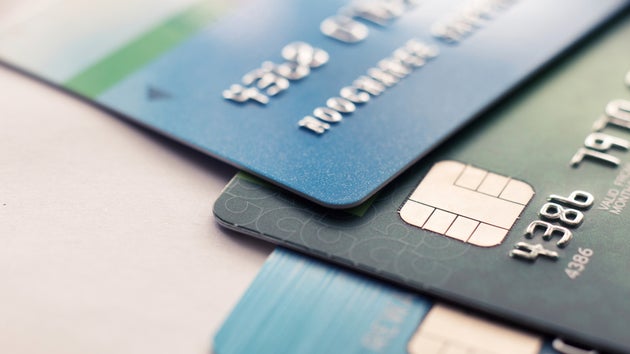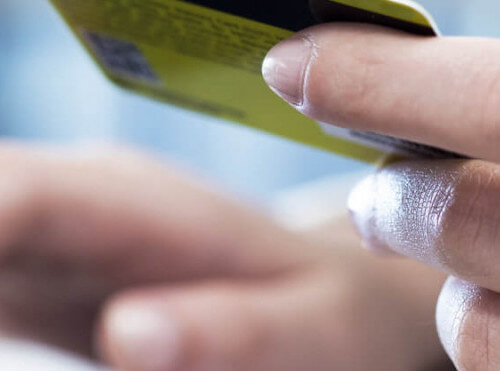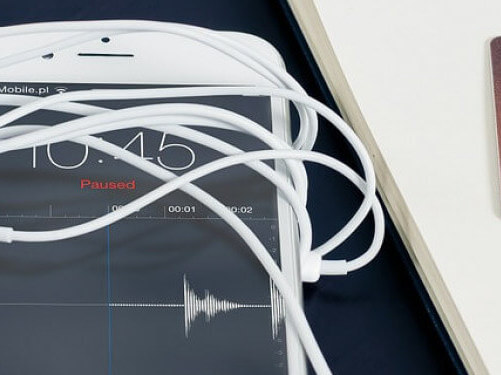Table of Contents
Payment landscape in Poland
Internet usage in Poland is comparatively low for a European country at 78%. However, it has grown by 10% in the last 5 years. E-commerce is growing very slowly, with Polish e-commerce’s compounded annual growth rate is expected to be of 7% until 2022, m-commerce should erupt in the next four years. In 2017, Polish spent 303$ US per capita online and 6,238$ US per capita at brick-and-mortar locations.
Payment methods and payment providers
A large amount of transactions is done by bank transfer at 41%. Fast transfers services, such as those offered by PayU, Przelewy24 and Dotpay, are used by almost half of online shoppers. Traditional bank transfers are used by 35% of online consumers. A further 16% of transactions are processed by debit card. Looking towards the future, payment methods such as e-wallets are expected to grow in popularity. Mobile wallets were used to pay for 17% of e-commerce and 1% of POS transactions. Popular payment service providers in Poland include PayLane, DotPay, PayByNet, Przelewy24 and eCard S.A.
Unpopularity of cards
Polish consumer being conservative about credit, only 7% of their online transactions are made using credit cards. At the point of sale, cash payment are still preferred, notably amongst older generations, and were used to pay for 64% of transactions in 2017. By encouraging micropayments, the National Bank of Poland hopes to increase card acceptance. In this optic, Interchange fees were reduced to 0.2% on debit cards and 0.3% on credit cards. This created the favorable conditions for merchants to accept small amount to be paid using cards.
Cross-border commerce
The most common in the cross-border sector are the clothing and footwear sectors, house furniture and car accessories. The Polish population makes most of its cross-border purchases from the USA and Germany. International purchases are usually motivated by a wider range of products, as well as cheaper rates.
Fraud prevention in Poland
As a result of the rapid growth in m-commerce, the fraud risk in this area is also increasing. Fraud prevention must be applied to the mobile area. The previous authentication and verification methods are less effective against mobile fraud. Dealers are therefore forced to adopt and implement new fraud strategies.
TOP 5 PAYMENT METHODS
- Bank transfers 41% Desktop
- E-wallet 17% Desktop
- Debit card 16% Desktop
- Pay on delivery 12% Desktop
- Credit card 7% Desktop
E-COMMERCE SALES IN 2017
- Desktop 77% Desktop
- Mobile 23% Desktop
- 13 Bil. USD
OTHERS
- Population: 38 Mil. Desktop
- Internet Usage: 78% Desktop
Sources:
Euromonitor – Financial cards and payments in Poland
Paymentwall
The Paypers
Worldpay - Global payments report, Nov 2018










